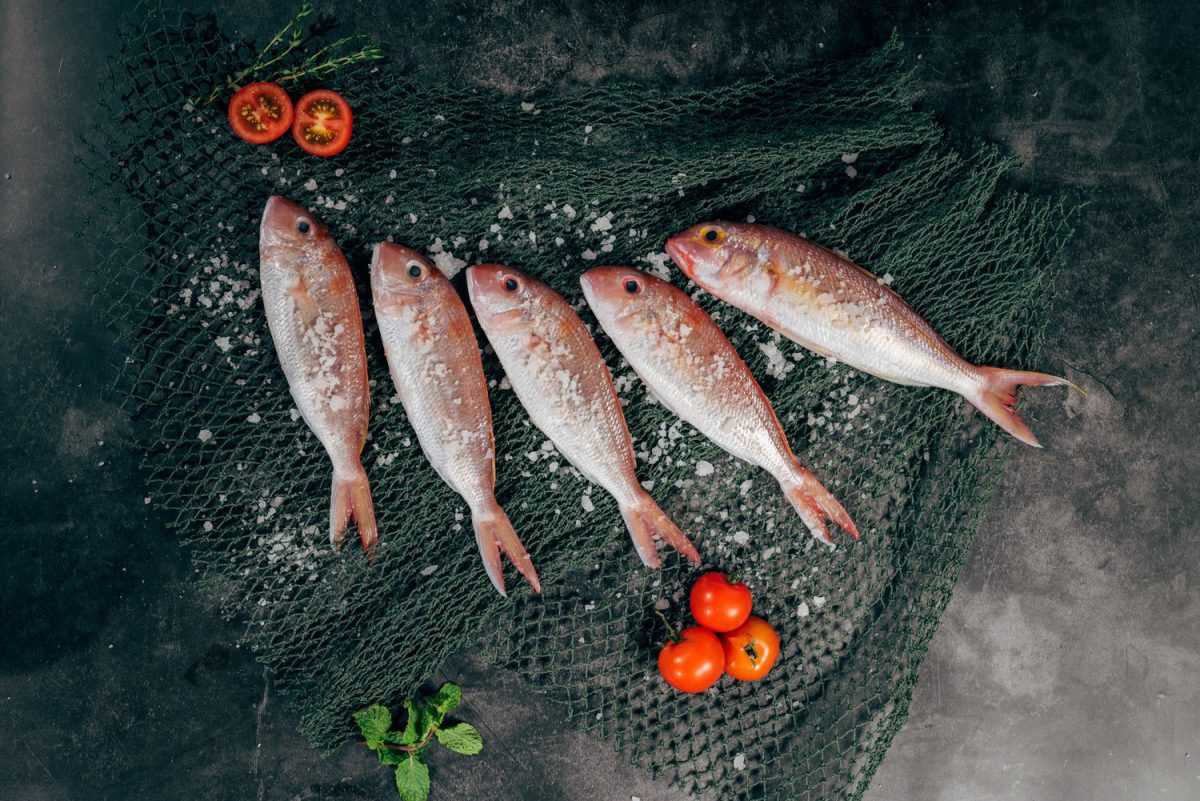The most commonly traded food commodity in the world is seafood. Sadly, in the past 10 years, there has been an increase in reports wherein seafood mislabeling. Nevertheless, the impact of this in the environments still has to be researched further.
Kailin Kroetz, a researcher from Arizona State University, and her team studied the effects of mislabeled seafood on the effectiveness of fishery management, ecosystems and habitats in the US, and marine creatures’ health. This study was released in the Proceedings of the National Academy of Sciences.
Kroetz’s team discovered that around 190,000 to 250,000 tons of mislabeled seafood were offered in the US market annually. This is equivalent to 3.4% to 4.3% of seafood eaten. There was a 28% chance that alternative seafood came from abroad, which could have less strict environmental protocols compared to the US.
Shrimp and snapper are some common examples of mislabeled seafood. Studies figured out that big tiger prawns are used more as alternatives for white leg shrimps than other kinds of seafood.
Americans consume more shrimps, so if they are mislabeled, it could substantially affect the environment. Snapper the more commonly mislabeled seafood compared to shrimp.






